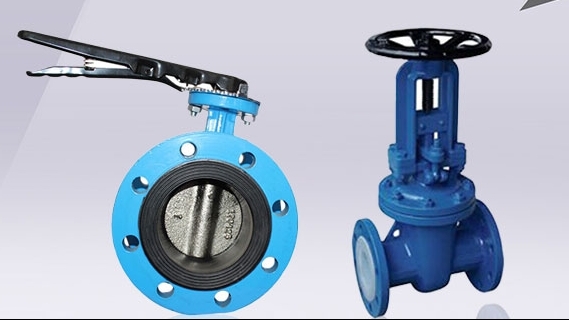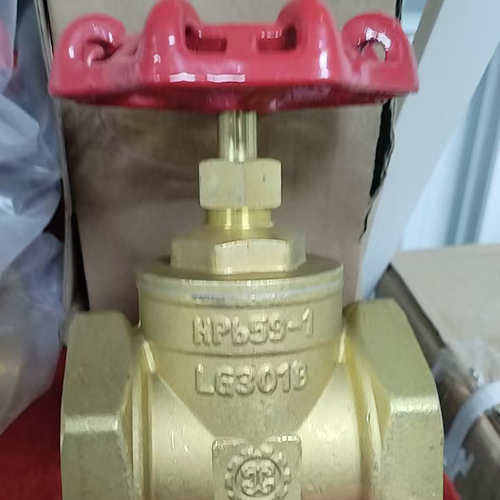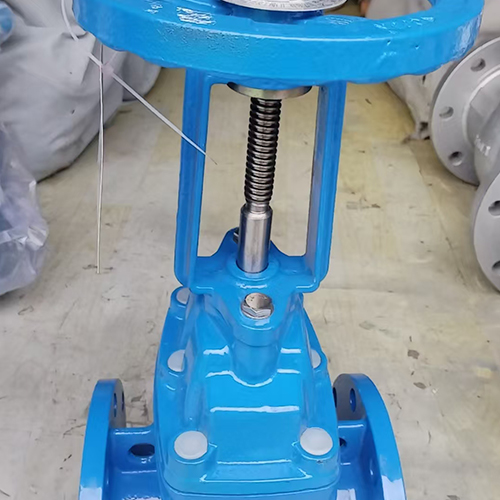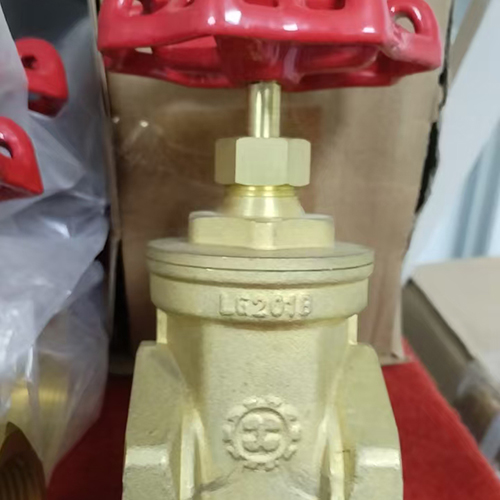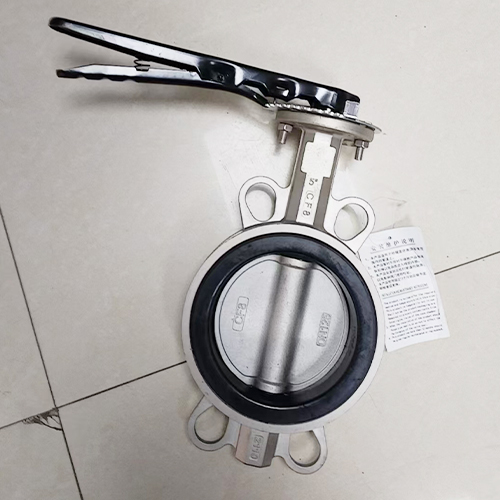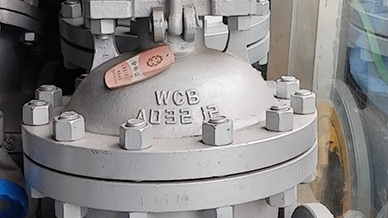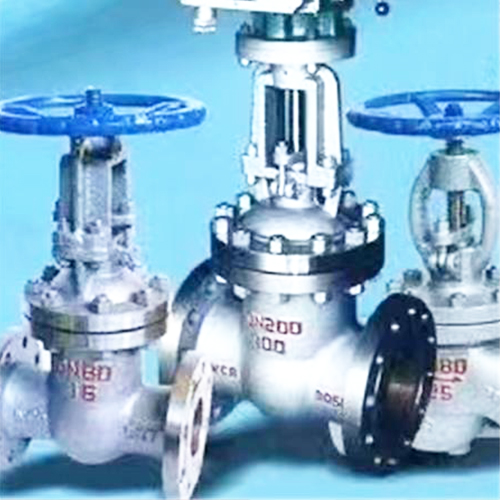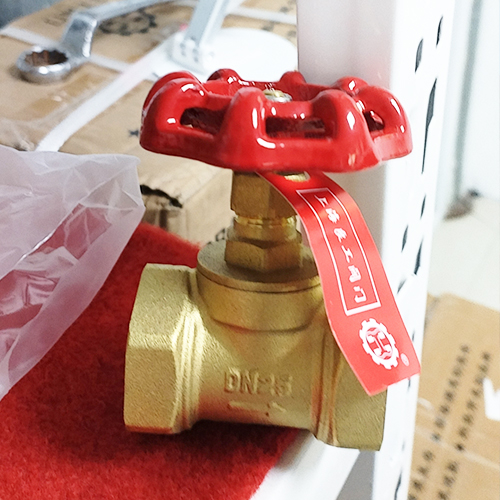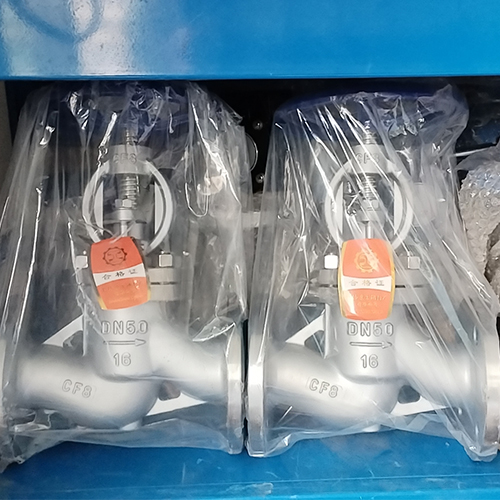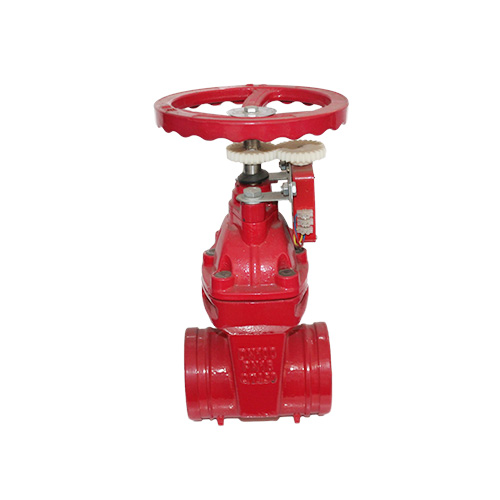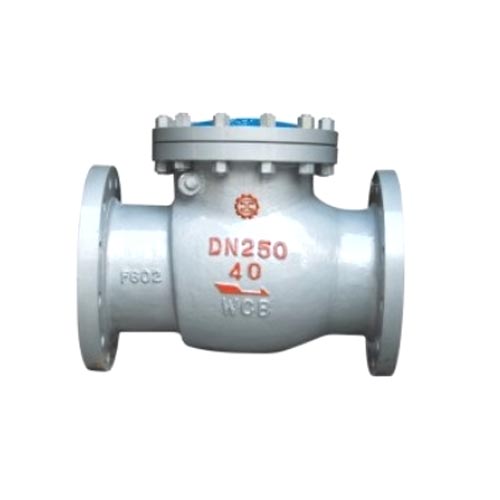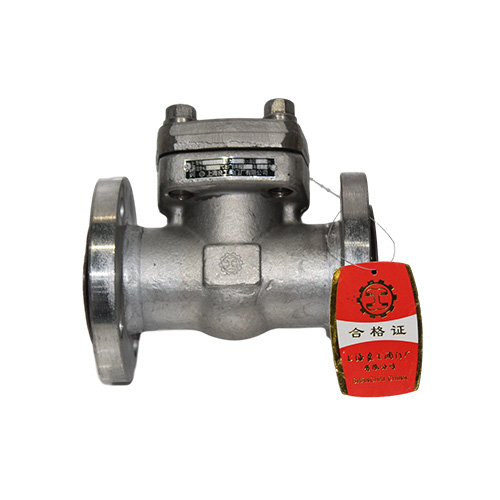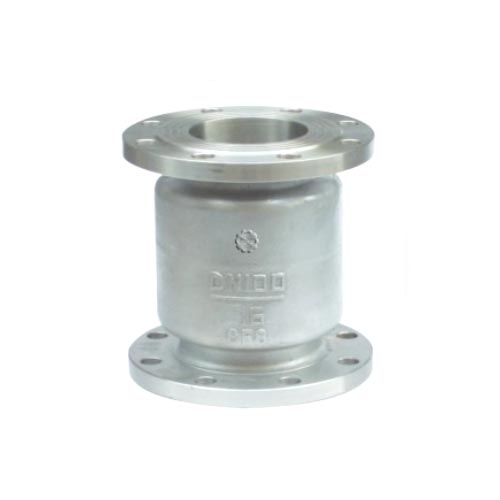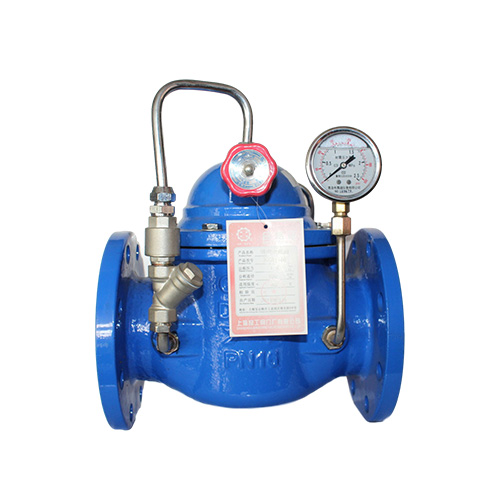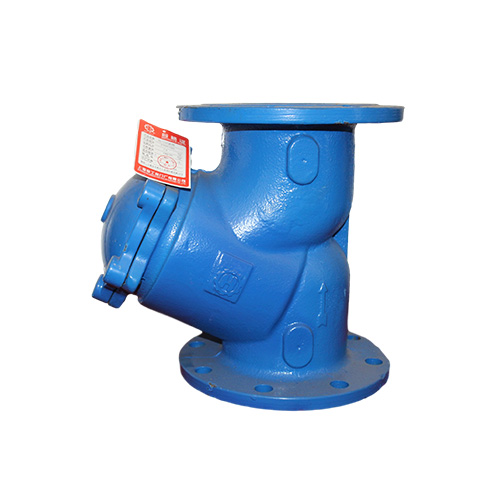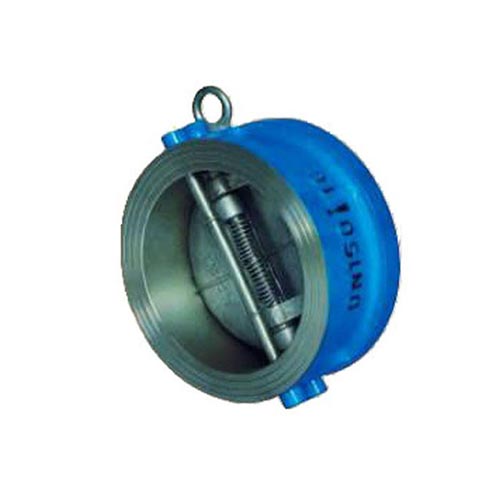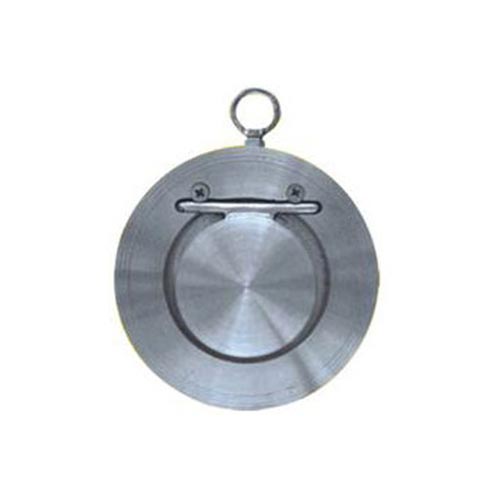阀门安装是管道系统施工中的关键环节,其安装质量直接影响管道的运行效率与安全性,需遵循规范步骤操作,确保连接紧密、功能正常。
Valve installation is a critical step in pipeline system construction, and its installation quality directly affects the operational efficiency and safety of the pipeline. It is necessary to follow standardized procedures to ensure tight connections and normal functionality.
安装前的准备工作需细致周全。首先要根据管道系统的介质类型(如液体、气体、腐蚀性流体等)、压力等级、温度范围,核对阀门的型号、规格是否匹配,检查阀门的铭牌参数(如公称直径、公称压力、适用温度)是否符合设计要求。同时,需对阀门进行外观检查,查看阀体、阀盖有无裂纹、砂眼等缺陷,密封面是否平整光滑,阀杆转动是否灵活,无卡滞现象。对于重要阀门,还应进行强度试验和严密性试验 —— 强度试验时将阀门完全开启,充满水后加压至公称压力的 1.5 倍,保持一段时间无渗漏;严密性试验则关闭阀门,加压至公称压力的 1.1 倍,检查密封面是否渗漏,试验合格后方可使用。此外,需准备好安装所需的工具(如扳手、螺丝刀、密封材料)和辅助材料(如法兰垫片、螺栓、密封胶等),并清理管道接口处的杂物、锈迹,用砂纸打磨至露出金属光泽,确保连接面平整。
The preparation work before installation needs to be meticulous and thorough. Firstly, it is necessary to verify whether the valve model and specifications match based on the medium type (such as liquid, gas, corrosive fluid, etc.), pressure rating, and temperature range of the pipeline system, and check whether the nameplate parameters of the valve (such as nominal diameter, nominal pressure, and applicable temperature) meet the design requirements. At the same time, a visual inspection of the valve is required to check for defects such as cracks and sand holes in the valve body and cover, whether the sealing surface is flat and smooth, whether the valve stem rotates flexibly, and whether there is any jamming phenomenon. For important valves, strength and tightness tests should also be conducted - during the strength test, the valve should be fully opened, filled with water, and pressurized to 1.5 times the nominal pressure to maintain no leakage for a period of time; For the tightness test, the valve should be closed and pressurized to 1.1 times the nominal pressure to check for leakage on the sealing surface. Only after passing the test can it be used. In addition, it is necessary to prepare the necessary tools for installation (such as wrenches, screwdrivers, sealing materials) and auxiliary materials (such as flange gaskets, bolts, sealant, etc.), and clean the debris and rust at the pipeline interface. Use sandpaper to polish until the metal luster is exposed, ensuring that the connection surface is flat.
接下来进入管道接口预处理环节。若阀门与管道采用法兰连接,需先将法兰片与管道焊接或螺纹连接牢固,保证法兰面与管道轴线垂直,偏差不得超过规定范围。法兰的密封面应清理干净,无油污、划痕,根据介质特性选择合适的垫片(如橡胶垫适用于低温低压水系统,金属垫片适用于高温高压系统)。若采用螺纹连接,需检查阀门的螺纹与管道螺纹是否匹配,螺纹表面应光滑无毛刺,缠绕适量的生料带或涂抹密封胶,注意生料带的缠绕方向与螺纹旋紧方向一致,避免接口渗漏。对于焊接连接的阀门,需先将阀门关闭,防止焊接时熔渣进入阀腔,焊接过程中要控制温度,避免因高温损坏阀门内部密封件。
Next, we will enter the pipeline interface preprocessing stage. If the valve and pipeline are connected by flanges, the flange should be welded or threaded firmly to the pipeline first, ensuring that the flange surface is perpendicular to the pipeline axis and the deviation does not exceed the specified range. The sealing surface of the flange should be cleaned and free of oil stains and scratches. Suitable gaskets should be selected according to the characteristics of the medium (such as rubber gaskets suitable for low-temperature and low-pressure water systems, and metal gaskets suitable for high-temperature and high-pressure systems). If a threaded connection is used, it is necessary to check whether the valve thread matches the pipeline thread. The thread surface should be smooth and free of burrs. Wrap an appropriate amount of raw material tape or apply sealant, and pay attention to the winding direction of the raw material tape being consistent with the tightening direction of the thread to avoid interface leakage. For valves connected by welding, the valve should be closed first to prevent slag from entering the valve chamber during welding. During the welding process, the temperature should be controlled to avoid damaging the internal seals of the valve due to high temperature.
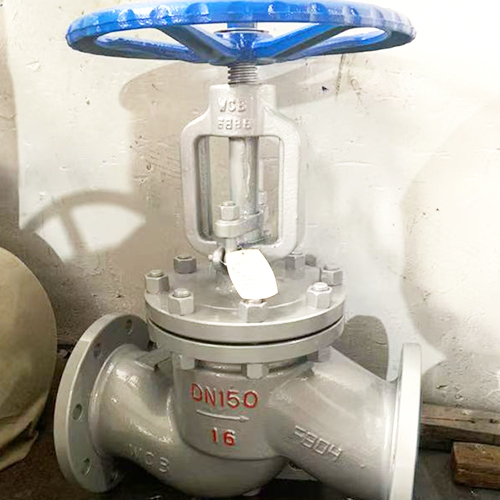
阀门就位与固定是核心步骤。根据阀门的安装方向要求(如截止阀、止回阀有明确的流向标识),确保阀门的进出口方向与管道介质流向一致,不得装反。将阀门平稳吊装或搬运至安装位置,调整阀门的水平度或垂直度,对于水平管道上的阀门,阀杆应朝上或水平安装,便于操作与维护;垂直管道上的阀门,需保证受力均匀,避免管道重量压在阀门上。法兰连接时,均匀拧紧法兰螺栓,遵循对角对称的原则分步拧紧,确保法兰面紧密贴合,垫片受力均匀,防止因单边受力导致的渗漏。螺纹连接时,用扳手缓慢旋紧阀门,避免用力过猛损坏螺纹,旋紧后检查阀门是否歪斜,必要时进行调整。焊接连接时,先点焊固定阀门位置,检查无误后再进行满焊,焊后清理焊渣,冷却后检查焊接质量,不得有气孔、裂纹等缺陷。
The positioning and fixation of valves are the core steps. According to the installation direction requirements of the valve (such as clear flow direction markings for globe valves and check valves), ensure that the inlet and outlet directions of the valve are consistent with the flow direction of the pipeline medium and cannot be installed in reverse. Lift or transport the valve smoothly to the installation position, adjust the levelness or verticality of the valve. For valves on horizontal pipelines, the valve stem should be installed facing upwards or horizontally for ease of operation and maintenance; Valves on vertical pipelines must ensure uniform force distribution to avoid the weight of the pipeline pressing on the valve. When connecting flanges, tighten the flange bolts evenly and follow the principle of diagonal symmetry to tighten them step by step, ensuring a tight fit of the flange surface, uniform force on the gasket, and preventing leakage caused by unilateral force. When connecting threads, use a wrench to slowly tighten the valve to avoid damaging the threads with excessive force. After tightening, check if the valve is skewed and adjust it if necessary. When welding the connection, first spot weld the valve position to fix it. After checking for accuracy, perform full welding. Clean the welding slag after welding, and check the welding quality after cooling. There should be no defects such as pores or cracks.
安装后的检查与调试必不可少。打开阀门,检查阀杆转动是否灵活,开启和关闭是否到位,无卡涩现象。对于有驱动装置的阀门(如电动阀门、气动阀门),需连接动力源,测试远程操作功能,确保开关动作准确,反馈信号正常。随后对整个接口进行严密性检查,可通过涂刷肥皂水的方式,观察是否有气泡产生,若发现渗漏,需重新紧固螺栓或更换密封件,直至无渗漏为止。清理阀门表面的杂物,对阀杆等活动部位涂抹润滑油,防止生锈影响操作。
Inspection and debugging after installation are essential. Open the valve and check whether the valve stem rotates flexibly, whether the opening and closing are in place, and whether there is any jamming phenomenon. For valves with driving devices (such as electric valves and pneumatic valves), it is necessary to connect the power source and test the remote operation function to ensure accurate switch action and normal feedback signals. Subsequently, a tightness check of the entire interface can be conducted by applying soapy water to observe for the formation of bubbles. If leakage is found, the bolts need to be re tightened or the seals replaced until there is no leakage. Clean the debris on the surface of the valve and apply lubricating oil to the moving parts such as the valve stem to prevent rust from affecting operation.
本文由 良工阀门 友情奉献.更多有关的知识请点击 http://www.jnlgvf.com 真诚的态度.为您提供为全面的服务.更多有关的知识我们将会陆续向大家奉献.敬请期待.
This article is a friendly contribution from Lianggong Valve For more related knowledge, please click http://www.jnlgvf.com Sincere attitude To provide you with comprehensive services We will gradually contribute more relevant knowledge to everyone Coming soon.
 企业公告:
企业公告:

